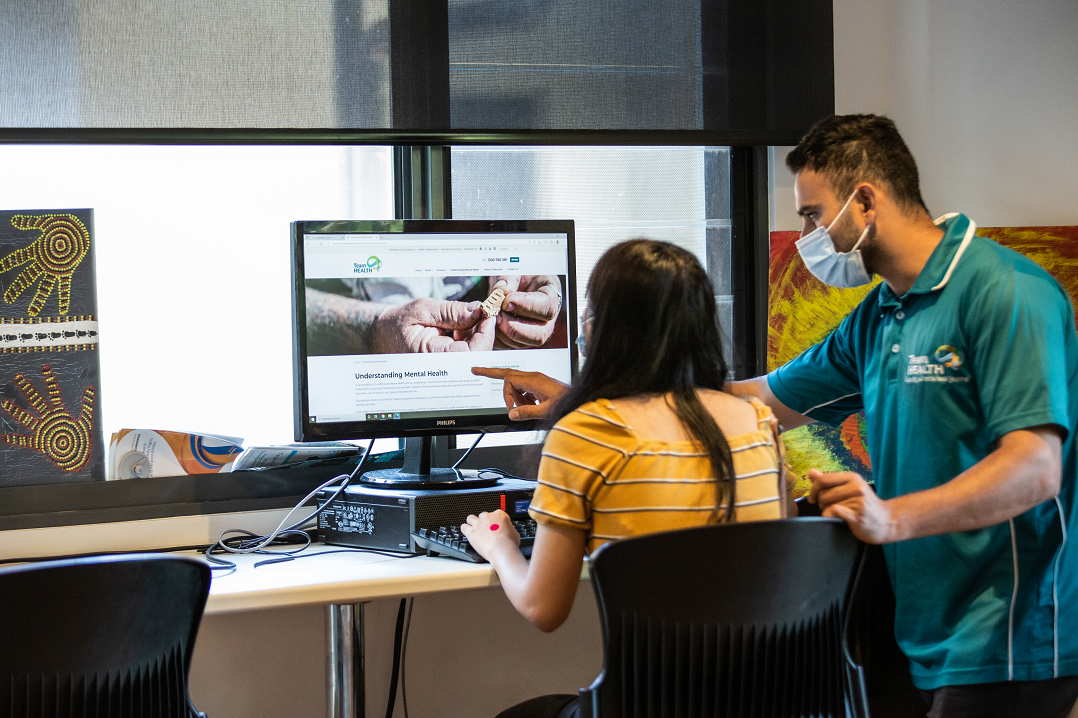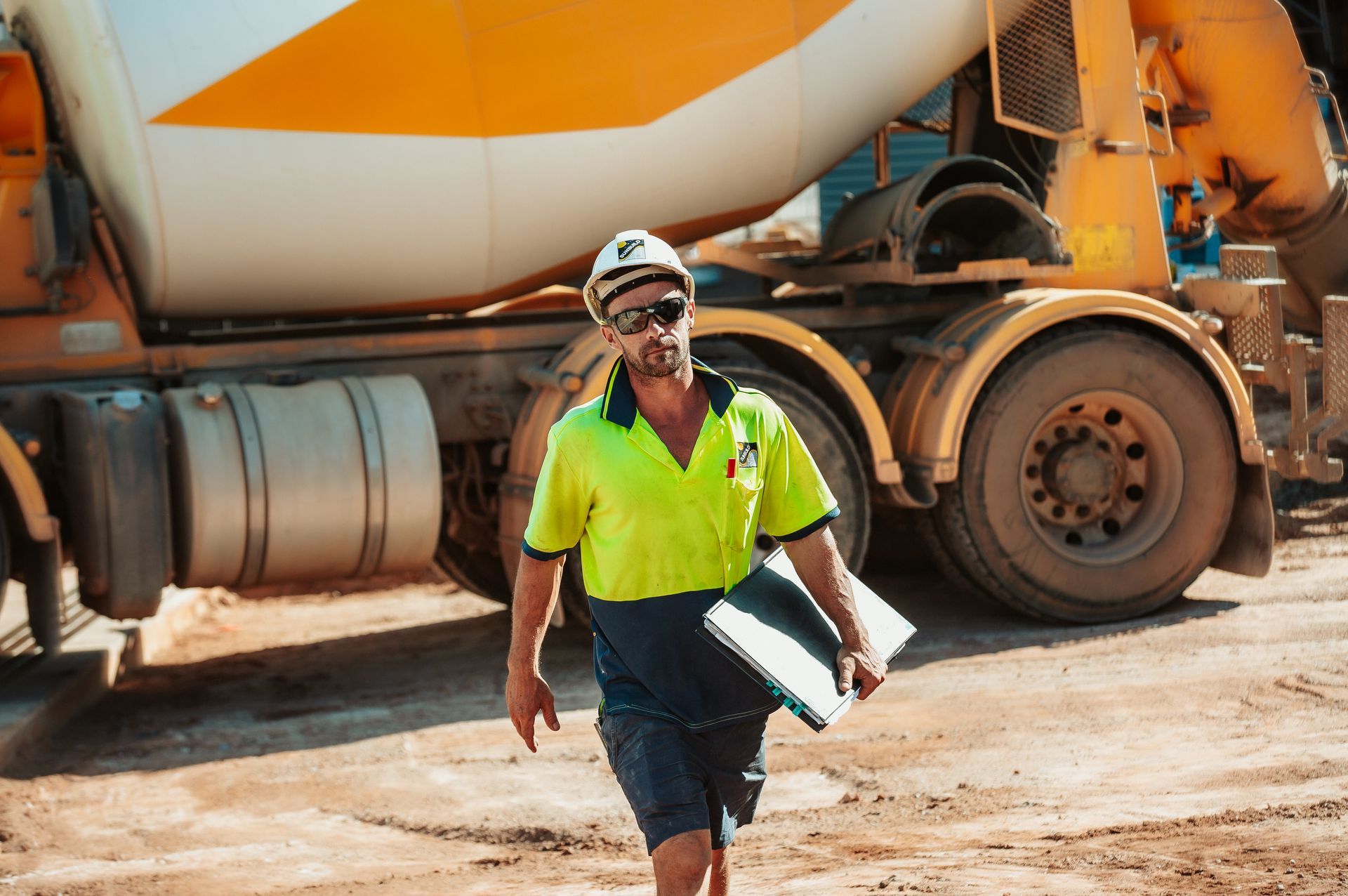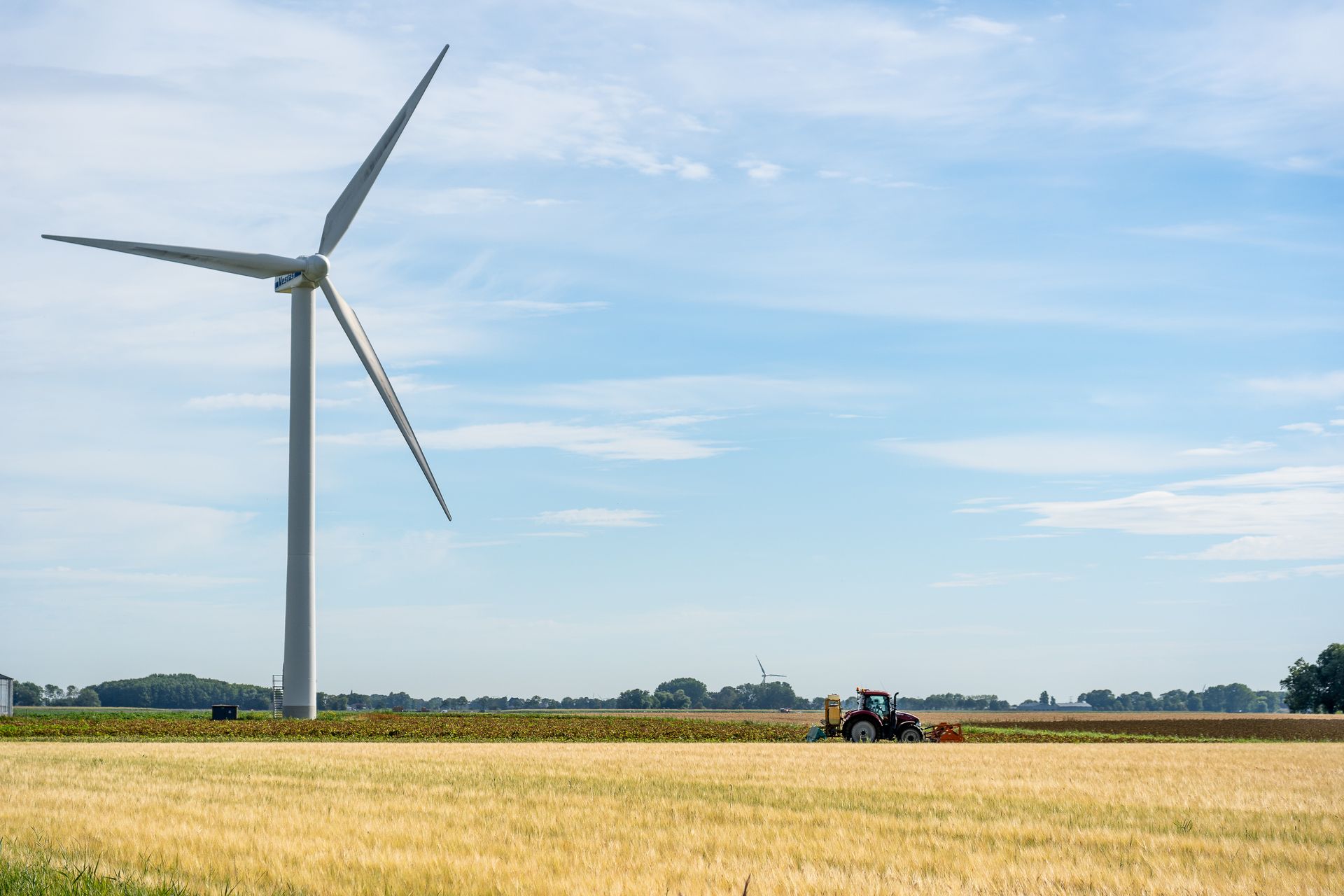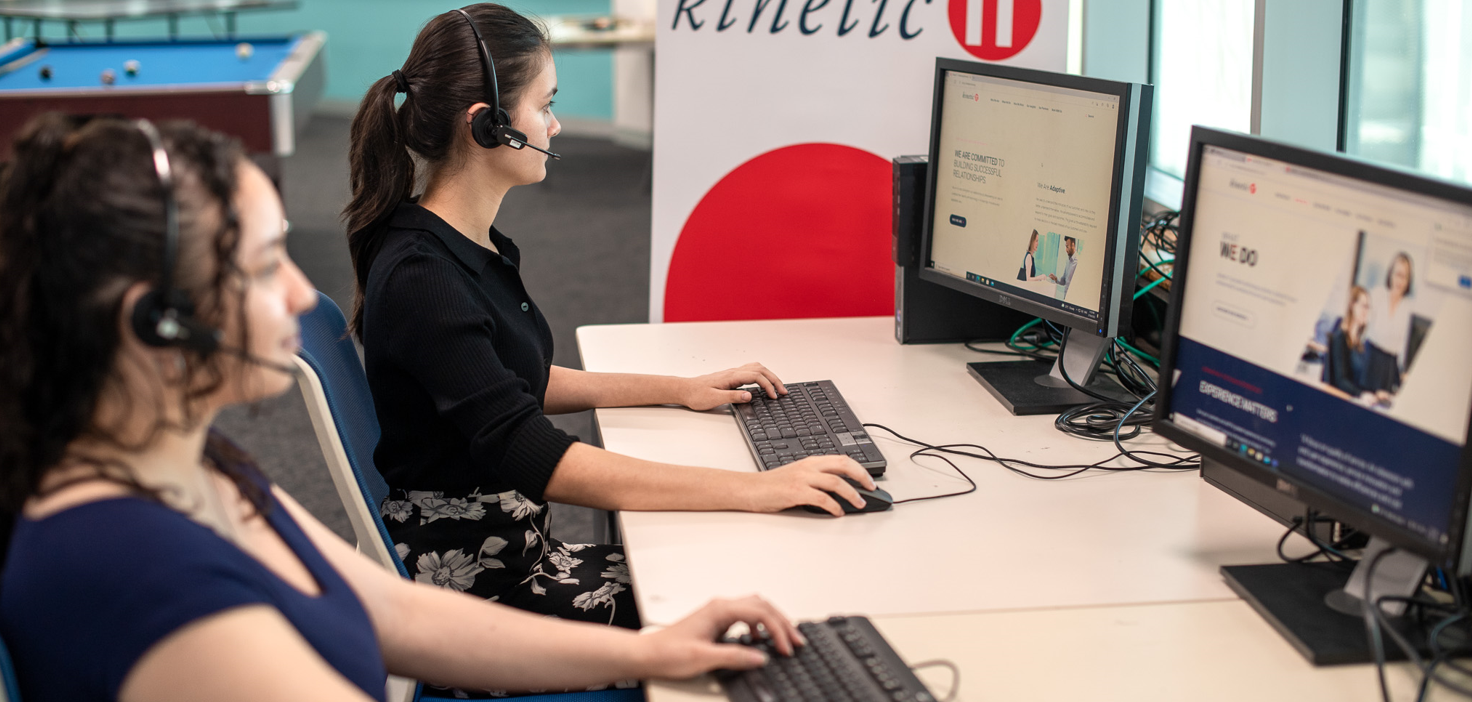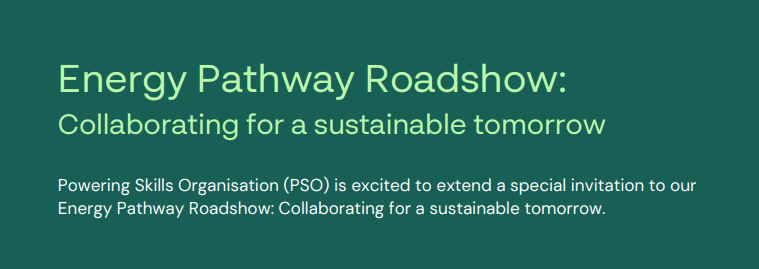Disability and Allied Health in the Northern Territory
Article by Andrew Trinh
Did you know disability and allied health professionals represent almost a third of Australia’s health workforce? Did you know they deliver an estimated 200 million health services across the country every year?
In 2020 the National Disability Insurance Scheme (NDIS) was fully rolled out with around 450,000 participants. With another 100,000 participants expected by 2025, the number of disability and allied health workers will need to grow to match demand.
20% of new jobs nationally are expected to come from disability and allied health, with federal and state governments committing to increasing funding by 13.2 billion.
Disability and allied health workers often collaborate with an interdisciplinary health team to optimise patient outcomes and cover services ranging from head to toe, or from psychologists to podiatrists.

While there is no universally agreed definition, these workers primarily provide rehabilitation, aged care, chronic disease, and mental and musculoskeletal health services.
Across Australia, the industry faces ongoing workforce challenges, including increasing vacancies, high workforce mobility, casualisation of the workforce, an aging population, and insufficient disability services in remote regions.
The Northern Territory (NT) is not immune to these issues, and providers have used various initiatives to combat them. ISACNT’s research found 25% of health care service providers said they reskilled and upskilled existing staff as one of their retention strategies, 17% used skilled migration, and 10% said they used indigenous employment programs.
Some health providers planned recruitment strategies around indigenous engagement. Our research found it was essential to have good community relations and an excellent understanding of cultural challenges such as ‘poison cousin relationships’ to succeed.
Of the twenty-one identified occupations in the disability and allied health sector, two out three have a clear vocational education and training or higher education pathway.
Long-term sustainable workforce planning, including indigenous engagement and student pipelines, will continue to be necessary for the sector’s growth. Planning is also vital so that providers can keep up with demand and ensure service provision is not compromised.
Thank you to all the participating respondents in the Australian disability and allied health community for all your time, enthusiasm, and support.
To find out more about the disability and allied health sector in the NT, click here.


